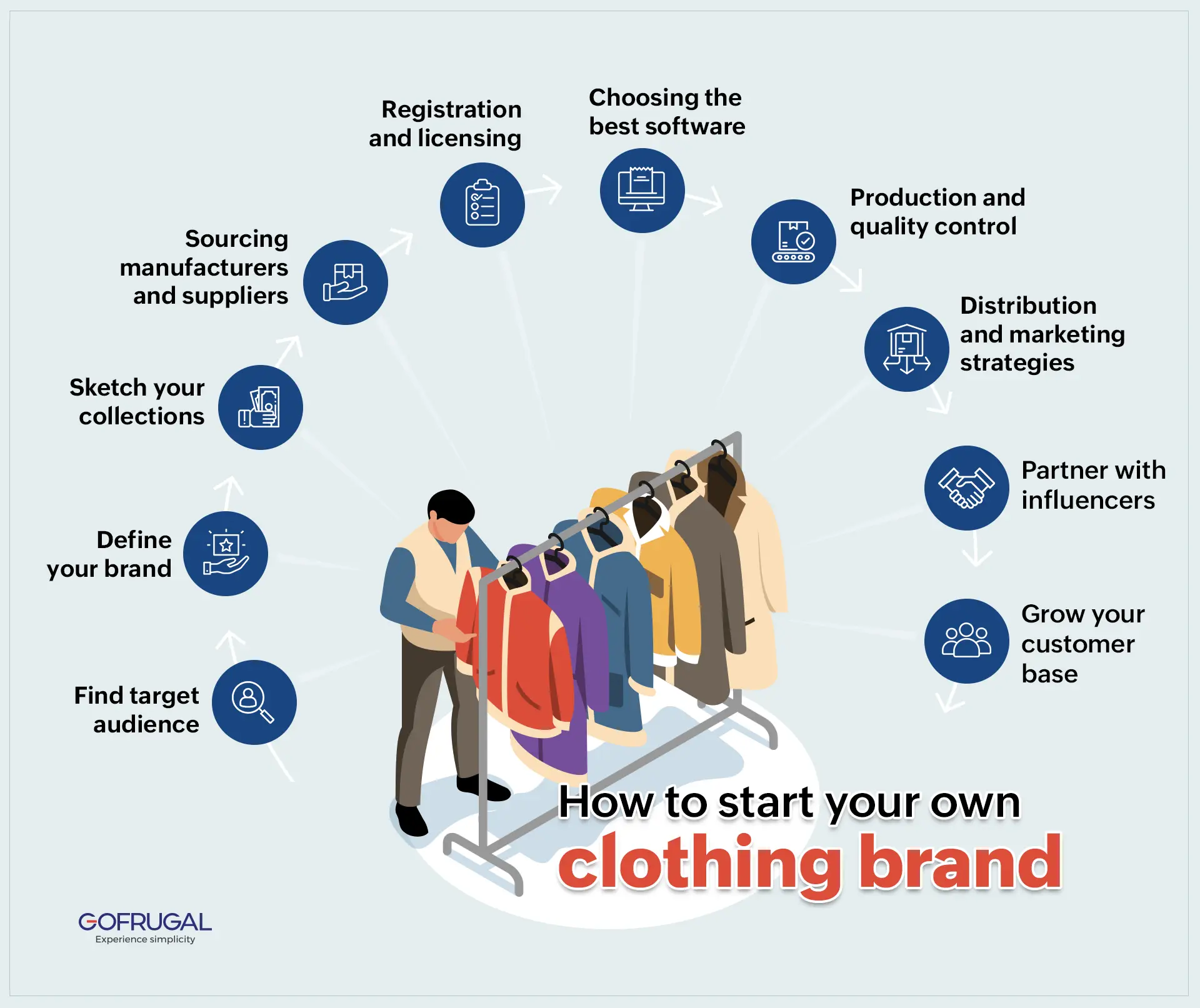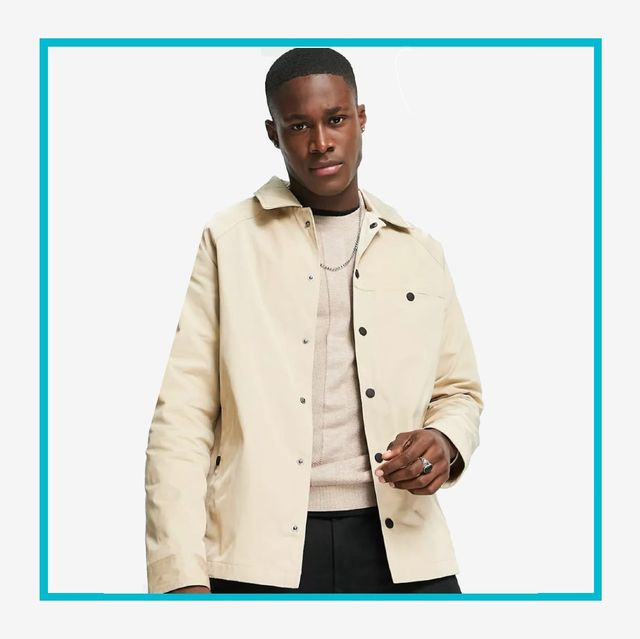Branded Clothing Care: Fabric Types and Washing Tips You Need
Branded Clothing Care: Fabric Types and Washing Tips You Need
Blog Article
The Value of Sustainable Clothing: Just How It Influences the Atmosphere and Your Wardrobe
Lasting clothes is increasingly identified for its essential function in decreasing the environmental influence of the quick garment industry. By concentrating on green materials and ethical production approaches, it deals with pushing ecological problems. This shift not only benefits the earth however also affects consumer choices, bring about an extra thoughtful technique to wardrobe monitoring. Comprehending these dynamics elevates vital questions concerning style's future and personal obligation in forming it.
The Environmental Footprint of Rapid Fashion

Advantages of Sustainable Materials
Lasting products provide substantial advantages, particularly via eco-friendly textile options that decrease ecological injury. These products likewise demonstrate sturdiness and durability, reducing the need for frequent substitutes. Therefore, they contribute to an extra lasting apparel industry and advertise responsible customer habits.
Eco-Friendly Fabric Choices
While the garment industry has actually long been linked with quick patterns and ecological harm, the surge of environment-friendly fabric selections provides a transformative opportunity. Sustainable materials such as organic cotton, hemp, and Tencel have gained appeal because of their lower ecological impact. These textiles are usually created without damaging pesticides and call for less water, lowering their carbon footprint - Branded Clothing. In addition, many environmentally friendly fabrics are biodegradable, adding to a circular economic situation by minimizing waste. Choosing sustainable products not just sustains ecologically accountable practices however additionally promotes much healthier communities. As customers come to be much more mindful of their buying power, the need for environment-friendly textiles encourages brands to innovate and embrace even more lasting production techniques, eventually profiting the world and future generations
Sturdiness and Longevity Benefits
Many consumers are increasingly acknowledging the toughness and longevity benefits of sustainable products in their garments selections. Unlike standard textiles, sustainable materials such as natural cotton, hemp, and recycled polyester are crafted to withstand wear and tear, resulting in garments that last longer. This minimized regularity of substitute not only saves customers cash gradually yet additionally diminishes waste produced by quick fashion. Furthermore, sustainable clothes commonly uses environmentally friendly production techniques that improve material stamina, contributing to a reduction in the overall carbon footprint. By spending in sturdy garments, consumers can cultivate a more sustainable closet while enjoying top quality pieces that preserve their aesthetic and functionality gradually. Sturdiness and durability stand as essential advantages of picking lasting materials.
Decreasing Waste Via Sustainable Practices
Minimizing waste in the apparel industry can be accomplished with cutting-edge methods such as upcycling and repurposing products. Furthermore, adopting minimal wardrobe approaches motivates consumers to focus on high quality over quantity, inevitably reducing apparel usage. Together, these techniques contribute greatly to a more lasting clothes version.
Upcycling and Repurposing Materials
Upcycling and repurposing products have arised as innovative approaches in the fashion market, transforming disposed of textiles into beneficial new items. This technique not just decreases waste however additionally encourages imagination and uniqueness in clothes style. By taking old garments and materials, designers can produce special items that reflect individual design while decreasing the need for brand-new resources. Additionally, upcycling often needs much less energy and water compared to standard production procedures, considerably decreasing the environmental impact of fashion. As consumers end up being extra familiar with sustainability, the popularity of upcycled garments proceeds to climb, advertising a circular economy. Eventually, these methods add to an extra lasting future, where style focuses on environmental health over quick production and usage.

Minimalist Closet Approaches
As people significantly look for to reduce their environmental impact, adopting minimalist wardrobe methods has actually gotten traction as an effective method to lasting fashion. These techniques emphasize quality over amount, encouraging consumers to curate a smaller collection of versatile, long lasting garments. By concentrating on timeless items that can be blended and matched, individuals can decrease the regularity of acquisitions and inevitably decrease waste.Additionally, minimalism advertises mindful usage, urging shoppers to mirror on the honest and environmental ramifications of their options. This approach not just cultivates a much more sustainable way of living however also streamlines everyday decision-making relating to clothes. As people welcome minimal principles, they add to a style culture that values sustainability and liable consumerism, eventually causing a more eco-conscious culture.
The Duty of Honest Labor in Sustainable Style
While many customers are progressively familiar with the ecological consequences of their apparel selections, the relevance of ethical labor methods in sustainable fashion can not be forgotten. Honest labor encompasses fair incomes, secure working conditions, and respect for employees' legal rights, developing the foundation of accountable style production. Brand names that prioritize honest labor not just uplift neighborhoods yet also established a requirement for accountability in the industry.Moreover, the combination of moral practices fosters transparency, making it possible for consumers to make educated selections regarding their acquisitions. This practice contrasts dramatically with quick style's exploitative labor models, which frequently focus on earnings over people. By supporting firms dedicated to moral labor, customers add to a system that values human dignity together with ecological sustainability. Consequently, honest labor is not simply an add-on; it is important to the broader mission of sustainable fashion, making certain that the pursuit for eco-friendliness does not come with the expense of human civil liberties.
The Influence of Lasting Clothes on Carbon Emissions
Sustainable clothing has the possible to substantially minimize carbon exhausts connected with the garment industry. Standard garment production contributes especially to greenhouse gas emissions, largely as a result of energy-intensive production procedures and the use click here for info of non-renewable resources. In comparison, sustainable style concentrates on environmentally friendly products, such as natural cotton or recycled fibers, which commonly require much less energy to produce.Moreover, lasting brands tend to take on a lot more reliable manufacturing practices, decreasing waste and reducing total discharges. By prioritizing longevity and timeless layout, sustainable apparel motivates customers to purchase much less frequently, additional reducing the carbon impact associated with overconsumption.Additionally, lots of lasting brands are committed to openness in their supply chains, making it possible for consumers to make informed options that straighten with their worths. Eventually, changing towards lasting clothing can bring about a significant reduction in carbon emissions, adding to a much healthier planet and a more sustainable future for the apparel industry.
Supporting Local Economic Climates With Lasting Choices
The shift towards lasting apparel not just addresses environmental worries yet also significantly advantages neighborhood economies. By choosing sustainable fashion, customers frequently sustain neighborhood craftsmens and tiny businesses, improving community durability. These ventures typically operate on a smaller scale, prioritizing workmanship and honest techniques over mass production.Investing in locally made lasting clothing fosters task development and promotes economic growth within communities. As consumers come to be extra familiar with the ecological effect of their acquisitions, they significantly look for out products that show their values. This demand urges neighborhood makers to embrace lasting techniques, adding to a round economy.Moreover, sustaining regional organizations reduces transport emissions, aligning with eco-conscious consumer behavior. The interconnectedness of sustainable apparel and local economic climates highlights the necessary duty that specific choices play in advertising both financial and ecological wellness. By promoting these local links, neighborhoods can flourish while also functioning towards an extra lasting future.
Changing Your Closet: Tips for a Lasting Wardrobe
As people seek to lower their ecological impact, changing a wardrobe into a sustainable wardrobe comes to be a crucial step. One reliable method is to evaluate existing garments, keeping just products that are worn regularly and that straighten with sustainability goals. Focusing on quality over amount is vital; purchasing sturdy pieces from environmentally friendly brand names can significantly lower waste.Additionally, incorporating pre-owned things can rejuvenate a wardrobe while decreasing environmental damages. Organizing clothes swaps with friends or giving away unused products can further advertise sustainability.When purchasing, individuals must seek products that are natural, recycled, or naturally degradable, and prevent quick style merchants - Branded Clothing. Ultimately, practicing mindful consumption by thoughtfully taking into consideration each purchase can add to a much more lasting way of living. By carrying out these ideas, one can develop a wardrobe that reflects personal design while sustaining ecological stewardship
Regularly Asked Questions
How Can I Identify Sustainable Clothing Brands?
To recognize lasting apparel brand names, one need to look into products made use of, look for qualifications like Fair Profession, and check out the brand's transparency about their production procedures, labor techniques, and ecological effect, making certain eco-friendly and moral techniques are focused on.
What Are the Expenses Related To Lasting Style?
The expenses associated with lasting style can vary significantly. Higher production costs, ethical sourcing, and environmentally friendly products commonly result in enhanced market prices, which might deter some customers while interesting environmentally conscious customers.
Can Sustainable Garments Be Elegant and Stylish?
Lasting clothes can without a doubt be trendy and stylish. Designers significantly prioritize innovative materials and ethical manufacturing methods, verifying that fashion and sustainability can coexist. Customers now have varied options that mix looks with environmental awareness.
How Does Washing Garments Affect Their Sustainability?
Cleaning garments significantly influences sustainability by consuming water and energy, adding you could look here to pollution, and triggering microplastic launch. Frequent washing can degrade textiles, reducing their lifespan and boosting the demand for replacements, eventually aggravating environmental worries.
What Is the Life-span of Sustainable Apparel Compared to Rapid Fashion?
The life-span of lasting clothes usually goes beyond that of fast fashion things, frequently enduring numerous years due to high quality products and craftsmanship. On the other hand, rapid fashion garments may break down promptly, necessitating even more frequent replacements. Lasting garments is increasingly identified for its crucial function in minimizing the environmental influence of the rapid style market. While lots of customers are progressively conscious of the ecological repercussions of their garments selections, the value of moral labor techniques in lasting fashion can not be neglected. Branded Clothing. Sustainable clothes has the possible to significantly minimize carbon exhausts associated with the fashion market. In contrast, lasting style concentrates on eco-friendly materials, such as organic cotton or recycled fibers, which typically need less energy to produce.Moreover, lasting brand names tend to adopt more efficient manufacturing techniques, decreasing waste and reducing general emissions. By focusing on resilience and timeless layout, lasting clothes encourages customers to purchase much less often, further reducing the carbon impact connected with overconsumption.Additionally, several lasting brands are committed to openness in their supply chains, allowing consumers a knockout post to make informed selections that line up with their values
Report this page